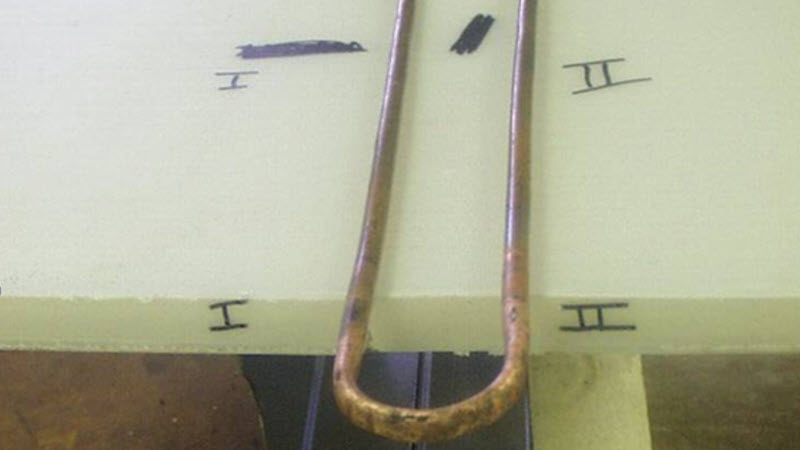Induction Brazing an Aluminum Assembly
Objective A company wanted to assess using induction heating for their aluminum assembly brazing process, and contacted THE LAB at Ambrell to utilize...
Applications
Applications: More
Applications: More

Industries:
Industries: More
Industries: More
Industries: More

Products:
Products: More
Services:
Services: More

Learn:
Learn: More
About:

1 min read
Brett Daly
5/18/20 4:35 PM

A pallet manufacturer needed to heat magnetic steel to 300 ºF (149 ºC) for insertion into a polypropylene board and turned to THE LAB at Ambrell to design a solution. THE LAB determined an Ambrell EKOHEAT® 40 kW, 50-150 kHz induction heating system with a remote workhead and single-turn channel coil would work well for this metal-to-plastic insertion application.
Initial tests were conducted to optimize the power delivered to the steel beam. The magnetic steel rail achieved the target temperature with this solution in 20 seconds. The polypropylene board was then pushed down on the steel beam to create the metal-to-plastic bond. This met the client's requirements.
Induction offers several advantages for metal-to-plastic insertion. First, it provides faster heating than many other heating options, and that leads to more rapid production. Additionally, it offers an even distribution of heat. Induction also delivers hands-free heating, and it's repeatable and not dependent on operator skill. This makes it ideal for high volume manufacturing. Finally, induction is energy efficient and offered this manufacturer a cleaner method of heating, especially because they were able to use induction to leverage reusable, recyclable materials.
To read other metal-to-plastic insertion application notes from THE LAB at Ambrell, visit our metal-to-plastic insertion applications page. And, if you have an application, be sure to take advantage of complimentary application testing from THE LAB at Ambrell.

Objective A company wanted to assess using induction heating for their aluminum assembly brazing process, and contacted THE LAB at Ambrell to utilize...

Induction heating is a process that uses electromagnetic fields to heat electrically conductive materials. It has been used in numerous industries...

Induction heating, a process that uses electromagnetic induction to heat electrically conductive materials, is often thought of for large industrial...